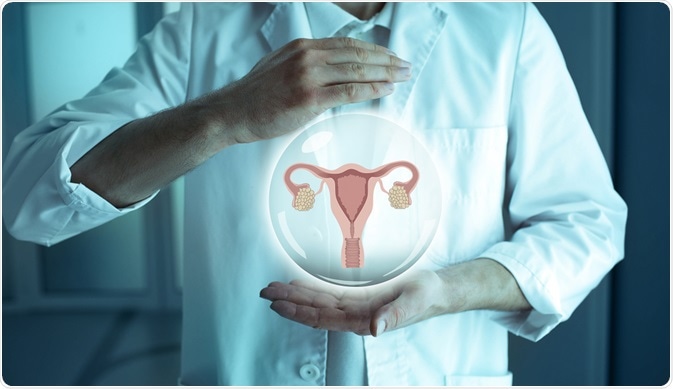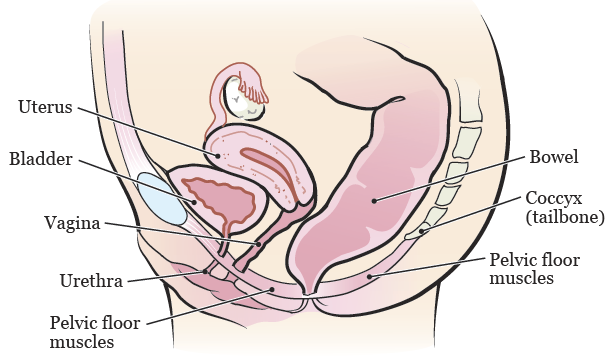

How to stretch your vag how to#
For some women that can be quite a useful focus from a treatment point of view."Ī woman, and in some cases her partner, can be shown how to find this muscle tension - in the vagina, for example - and learn how to apply gentle pressure to reduce tension and pain in the muscles. "There is some debate as to what trigger points actually are, but in clinical practice we certainly see the benefit of performing myofascial release within the pelvic floor. "Sometimes the pelvic floor will go on to develop painful 'trigger points' which are areas of tension within the muscle, that are painful when pressed," adds Forth. The muscle then becomes tense and painful, described as tension myalgia. Forth says this reduces blood flow and sensitises the nerves in the area. In a hypertonic pelvic floor, the muscles are working harder than they need to be, which means they gradually shorten and become stiff and tight. That's different to overactive pelvic floor muscles that may be in a constant, chronic state of increased tension a lot of the time, which does seem to be the case for some women." Often women will describe the sensation of a physical block when they try to insert something. "Vaginismus is the spasm of the muscles at the entrance of the vagina. She explains the important overlap between these conditions: Helen Forth is a specialist pelvic and women's health physiotherapist with 20 years' experience treating vulval pain issues and hypertonic pelvic floor muscles. Increasingly, women with symptoms of vulval and vaginal pain are presenting with a hypertonic (overactive) pelvic floor, which may trigger pain further up in the vagina, the bladder and related areas (whereas vaginismus refers only to the muscles at the bottom third of the vagina). Vaginismus or an overactive pelvic floor? Also, realising we could still enjoy ourselves through mutual masturbation took the pressure off having penetrative sex every time." "It was using a lube that didn't irritate that made the difference because then I stopped getting infections and eventually my body got the message that I didn't have to clamp up and protect myself from sex anymore. It was only when she removed the initial trigger for the vaginismus that she started to recover, explains Evans. On some level, I was worried about getting another infection and over time those worries had become a body response that I couldn't consciously control."Įvans saw her GP who diagnosed vaginismus and suggested a psychosexual approach to reduce stress. "I still wanted to have sex and I tried to relax, but my vaginal muscles were so tight that penetration was either impossible or really painful. "Every time we used this lubricant during sex I would get irritation or an infection and that made me start to view sex and my vagina in a negative way," she says. She says the condition was triggered initially by using an intimate lubricant containing additives that contributed to recurrent bouts of bacterial vaginosis, thrush and urinary tract infections.

Sam Evans had secondary vaginismus for many years and still has episodes from time to time.


 0 kommentar(er)
0 kommentar(er)
